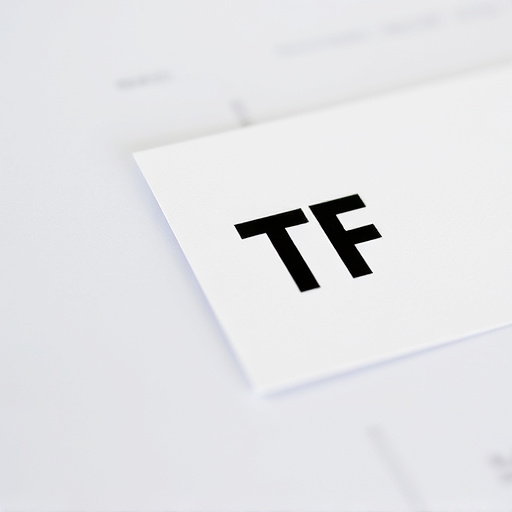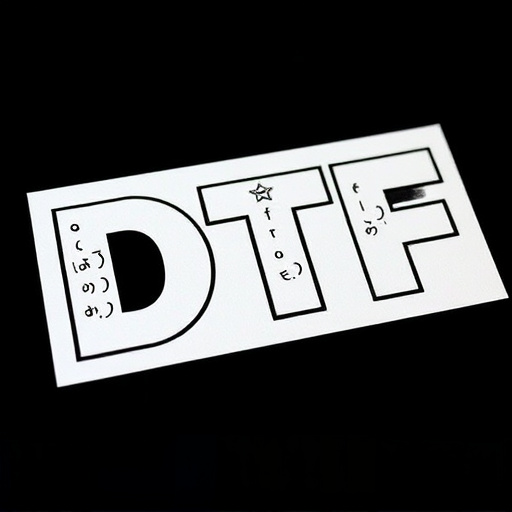TL;DR:
Direct to Film (DTF) transfers are a game-changer in printing, offering swift, versatile, and high-quality production of graphics on various substrates. The cooling process is critical for maintaining print stability and aesthetic appeal. Meticulous preparation, including cleaning and inspecting film, ensures optimal results. DTF guides emphasize design vectorization, proper film selection, alignment, heating, and complete cooling for secure transfers. Common mistakes like improper handling and using incorrect materials can be avoided through best practices to ensure top-quality DTF prints for diverse applications.
“Discover the art of DTF (Direct-to-Film) transfers – a game-changing process for creating high-quality prints at home. This comprehensive guide explores the entire DTF journey, from understanding the DTF transfer technology to mastering the cooling process, ensuring optimal results. Learn how to prepare your films, follow a step-by-step printing guide, and unlock the benefits of this versatile method. Avoid common mistakes and elevate your DIY print experience. Get ready to dive into the world of DTF prints!”
- Understanding DTF Transfer: A Brief Overview
- The Cooling Process and Its Importance
- Preparing Your Film for Transfer
- Step-by-Step Guide to DTF Printing
- Benefits of Using DTF Transfers
- Common Mistakes to Avoid During the DTF Printing Process
Understanding DTF Transfer: A Brief Overview

A DTF (Direct to Film) transfer is a cutting-edge printing method that has revolutionized the way we produce high-quality images and graphics on various materials, particularly in the film industry. This technology enables the direct application of designs onto film stock, offering unparalleled precision and versatility. Unlike traditional methods, DTF transfers don’t require separate plates or elaborate set-ups, making it a swift and efficient process.
DTF Printing is an ideal solution for creating custom prints on demand. Whether it’s for short-run projects, one-off art pieces, or specialized applications, DTF allows for precise color reproduction and fine detail. This method has gained popularity due to its ability to produce vibrant, long-lasting prints suitable for outdoor use and diverse substrates, including plastic, metal, and wood.
The Cooling Process and Its Importance

The cooling process is a critical stage in film transfers intended for removal after complete cooling, commonly known as DTF (Direct to Film) transfers or DTF printing. It involves slowing down the temperature reduction rate of the heated film to prevent rapid shrinkage and potential distortion. This meticulous step ensures that the DTF prints retain their dimensional stability and crispness. A balanced cooling process allows for precise alignment during subsequent production stages, be it cutting, laminating, or integrating into various media.
Understanding the importance of controlled cooling cannot be overstated. In the world of DTF transfers, this process directly impacts print quality and longevity. Skimping on adequate cooling time can result in warped films or prints, compromising the overall aesthetic appeal and durability. Therefore, professionals in this field meticulously navigate the cooling phase to deliver high-quality DTF prints that meet stringent standards, ensuring customer satisfaction and the preservation of visual artistry for years to come.
Preparing Your Film for Transfer

Before initiating a DTF (Direct-to-Film) transfer, it’s crucial to prepare your film properly. This involves a series of meticulous steps to ensure optimal results and prevent damage during the printing process. Begin by cleaning the film thoroughly to remove any dust, debris, or fingerprints that could compromise image quality. A soft, lint-free cloth is ideal for this task. Next, inspect the film for any defects, scratches, or moisture residue, addressing these issues before proceeding.
For DTF Printing, the film’s surface must be free of contaminants and in excellent condition. Additionally, ensure your workspace is prepared with the necessary tools, including a suitable printing frame and ink compatible with DTF Transfer. Proper preparation guarantees that your final DTF Prints will accurately represent the original content, delivering sharp details and vibrant colors.
Step-by-Step Guide to DTF Printing

Step-by-Step Guide to DTF Printing
Direct to film (DTF) printing is a straightforward process that allows for precise and high-quality transfers. Here’s a simple, step-by-step guide to ensure you achieve excellent results with your DTF prints. First, prepare your design: vectorize or enhance your artwork using specialized software designed for DTF transfer. This guarantees sharp lines and accurate color reproduction in the final print. Next, choose the right film for your project; DTF films come in various types, each suited to different applications, be it textiles, paper, or plastic.
Once your design is ready, load the film into your DTF printer. Ensure proper alignment to avoid misprinting. Fire up the printer and initiate the transfer process. The heat activates the emulsion on the film, creating a permanent bond with the substrate upon cooling. After printing, allow the transferred image to cool completely before peeling it away from the film. This step is crucial as it ensures the transfer adheres firmly to your target material without smudging or warping.
Benefits of Using DTF Transfers

Using DTF (Direct to Film) transfers offers numerous advantages for various applications. One of the key benefits is its efficiency; DTF printing allows for direct imaging onto film, eliminating the need for intermediate stages often required in traditional printing methods. This streamlines the process, making it faster and more cost-effective.
Additionally, DTF Transfers provide superior image quality, ensuring crisp and detailed prints. The technology produces high-resolution results with vibrant colors and exceptional contrast, making it ideal for professional applications like motion pictures, animation, and special effects. Moreover, DTF films are versatile, suitable for different types of projects, from short films to feature productions.
Common Mistakes to Avoid During the DTF Printing Process

During the DTF (Direct to Film) printing process, several common mistakes can be avoided by following best practices. One of the primary errors is attempting to handle the film while it’s still hot. It’s crucial to allow the transfer to cool completely before removing it from the printing surface; otherwise, you risk damaging the delicate DTF prints or smudging the final product. Skimping on preparation time can lead to inaccurate registrations and inferior print quality due to improper alignment of the film.
Another mistake to avoid is using incorrect materials. Using the wrong type of film for your DTF transfer can result in poor adhesion, bubble formation, or even complete failure of the transfer. Additionally, ensuring proper cleaning and maintenance of your printing equipment is vital to prevent residue buildup that can contaminate subsequent prints. Neglecting these precautions can hinder the precision and consistency of your DTF transfers.














